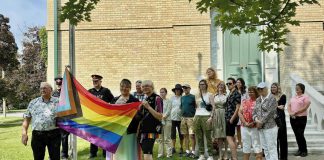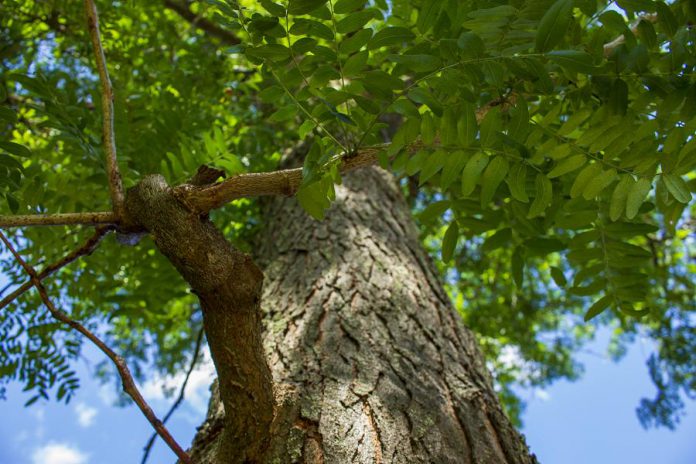
Autumn has officially begun. You can see the signs: little wisps of red, yellow, and orange in the canopy. The trees are speaking, reminding you that autumn is a great time to plant a tree.
Another sure sign of autumn is closing the Ecology Park Native Plant and Tree Nursery. Our last day for this year is Friday, October 8th.
At the nursery, our purpose is to offer native plants that benefit the community as a whole. All proceeds from sales at the Ecology Park Nursery support GreenUP’s programming in your community. Selecting a tree requires a bit of research, and our staff are here to help you.
A tree is an investment that returns benefits for decades. A well-planted tree can also be a powerful tool for fighting climate change.
Spend a bit of time considering all the factors that will impact you and your new tree. This consideration guarantees you and your tree a happier future together. Planting the wrong tree in the wrong place can end up costing you grief and possibly a lot of money.
Here are five tips for selecting the right tree.
1. Size it up
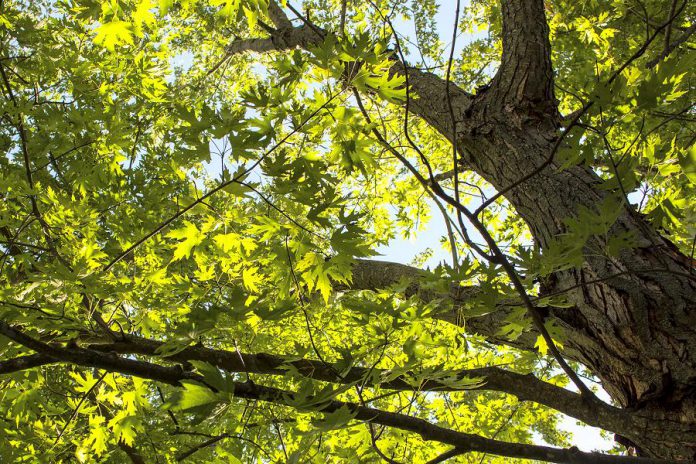
That lovely little silver maple you purchased in the five-gallon pot may look great at the front of the house, but did you consider that a mature silver maple can reach 25 metres (80+ feet) in height?
Planting too close to a building or under utility lines will end up costing you misery and money — you may end up with a tree with so many cuts and alterations it just looks scary and sad.
It’s best to keep trees at least three metres (10 feet) from buildings or paved surfaces. There are smaller trees and shrubs that work better in tight spaces.
2. Got light?
Planting a sun-loving tree in the shade makes as much sense as a screen door on a submarine. While it might live, your tree will always struggle and remain sad looking and undersized.
If you’ve got a shady space, choose a shade-loving tree. If you’ve got a sunny spot, give some consideration to what kind of shade you may want your tree to create for you.
Some trees produce a large full canopy while others, such as honey locust, allow light through the canopy.
Are you looking for a tree to provide you a yard full of shade, or do you want a tree that won’t block too much sun from your veggie garden?
3. The dirt on soil
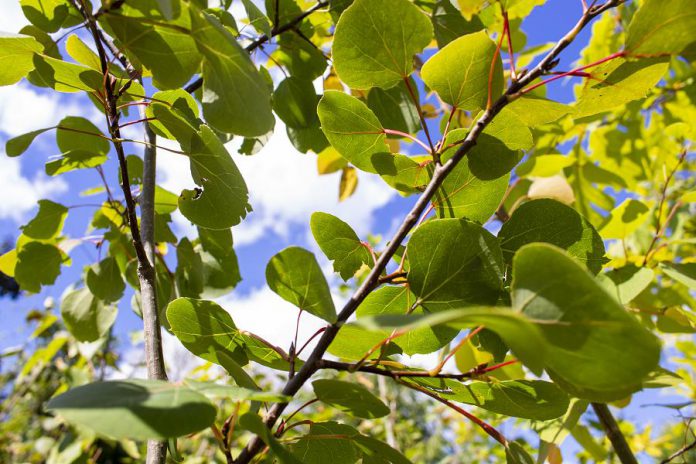
Is your tree going to be planted in sand, loam, or clay? Is your soil on the acidic side? Has your soil been compacted?
Is there enough soil for your new tree? Many boulevard spaces just don’t have enough soil for large stature trees.
Is your soil contaminated? Road spray can contain salt as well as other forms of pollution and some trees just can’t handle this pollution.
These are all factors to consider when choosing a tree.
4. A word on water
Trees are made up of more than 50 per cent water, and water is how the trees are able to take in nutrients.
In a single season, a large tree can take over 40,000 litres of water from the ground and discharge it as fresh oxygen and water vapour.
Some trees are better suited for areas that are wet. Other trees can tolerate drought, but only once they have established themselves.
All newly planted trees are going to need your help in their first few years, with deep thorough watering twice a week during their first year.
5. All the options

There are many other factors you may want to consider before choosing your new tree.
- What shape of tree do you want — columnar or lollipop?
- Do you want a tree with leaves starting at the ground or a tree with leaves that only start above your head?
- What about fruits, seeds, pods?
- Got a pool, or a friendly neighbour with a pool who you want to keep as a friend? Avoid planting a tree nearby so leaves and twigs are not constantly falling into the pool.
- Do you want a tree that has strong or brittle wood? If you plan to plant next to your driveway, perhaps avoid brittle wood to reduce chances of falling branches.
- Are fall colors important to you?
- Want a tree to grow over a shade garden? Don’t pick a black walnut: their canopy may look perfect for a shade garden, but their roots produce a chemical called juglone that prevents growth of other plants.
- Thorns or flowers or both?
- Looking for a good old maple or perhaps a trendy redbud to impress the neighbours?
In Peterborough we are lucky to have many lovely options for native trees that benefit our happiness and ecosystems.
With so many factors and options to consider, where to start?
The staff at Ecology Park are here to help, and there are many other great arborists and nurseries in our region who are there to lend a hand.
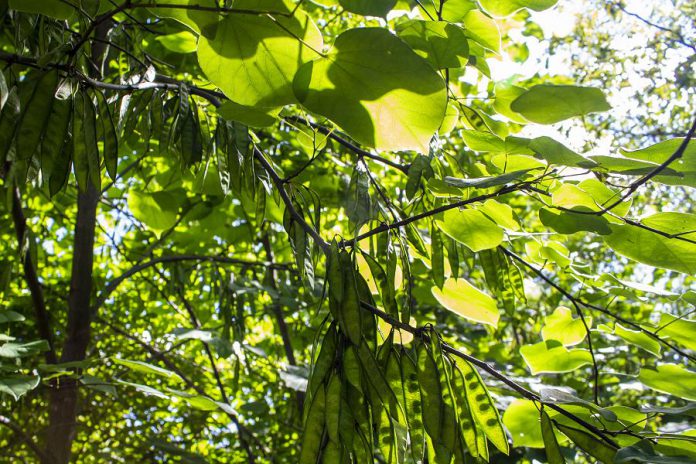
Ecology Park is located at 1899 Ashburnham Drive in Peterborough. The nursery is open 10 a.m to 6 p.m. Thursdays and from 10 a.m. to 4 p.m Fridays through Sundays, until Friday, October 8.
We have a great selection of native trees and shrubs as well as a stunning supply of native perennial wildflowers for you to checkout.
Autumn is the season for tree planting. Stop in and let us help you find the perfect tree for you and your family to enjoy for generations to come.


























